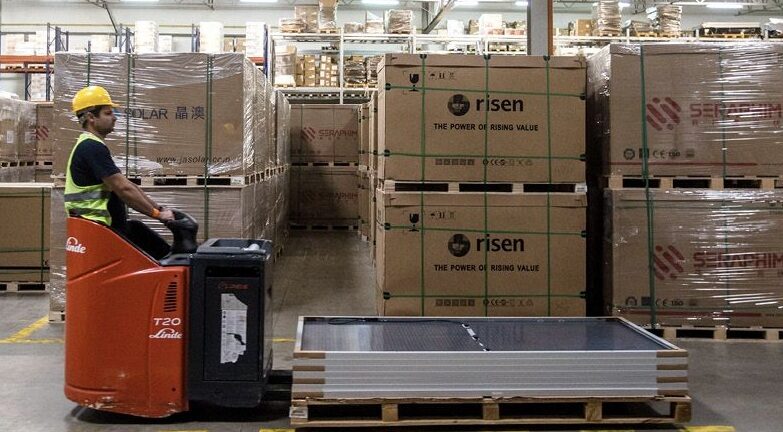From pv magazine Germany
Inverters for PV systems, battery storage, and electromobility must endure harsh environmental factors such as weather, dirt, high voltages, and long operating times.
Despite these challenges, high-quality inverters typically last 20 to 25 years. However, the specific construction methods, materials, and designs that ensure this lifespan remain unclear, especially for newer applications like PV and electromobility.
To address this, inverters are often over-engineered with safety margins, using materials and processes that offer durability without a detailed understanding of aging and failure mechanisms. This results in higher costs.
In response, Fraunhofer IMWS, the University of Stuttgart's Institute for Machine Elements, and German companies SMA, Electronicon Kondensatoren, and Merz Schaltgeräte have developed a methodology to improve service life and reliability predictions for inverters and their key components.
“Our results enable precise design in the development of new inverters and faster tests in quality control,” said Sandy Klengel, a project manager at Fraunhofer IMWS. “This allows manufacturing costs to be reduced, as we have a much deeper understanding of the behavior of the components.”
Fraunhofer IMWS studied fault and aging processes in film capacitors and electromechanical switching devices, such as DC circuit breakers and relay assemblies.
Researchers created defects and triggered degradation mechanisms in lab conditions using specially developed test setups. They factored in material interactions, varying electrical loads, and environmental influences like seasonal temperature changes, humidity, and corrosive agents like salt spray.
They then assessed which phenomena were relevant for real-world use by comparing lab results with field-aged components that remained defect-free.
The findings revealed issues such as cracks in ceramic layers affecting insulation, oxide layer formation, demetallization, polymer degradation, thermal damage, and solder deterioration. Researchers also noted crystalline deposits, local melting, contamination, and housing component failures.
The team compiled these findings into a catalog summarizing failure types, characteristics, and causes. They also used numerical simulations to better understand failure physics, such as local current density and heat loss in switches.
“With the results, manufacturers can now reduce material requirements and testing effort and thus lower device costs – without compromising the reliability and service life of the inverters,” said Klengel.
This content is protected by copyright and may not be reused. If you want to cooperate with us and would like to reuse some of our content, please contact: editors@pv-magazine.com.



By submitting this form you agree to pv magazine using your data for the purposes of publishing your comment.
Your personal data will only be disclosed or otherwise transmitted to third parties for the purposes of spam filtering or if this is necessary for technical maintenance of the website. Any other transfer to third parties will not take place unless this is justified on the basis of applicable data protection regulations or if pv magazine is legally obliged to do so.
You may revoke this consent at any time with effect for the future, in which case your personal data will be deleted immediately. Otherwise, your data will be deleted if pv magazine has processed your request or the purpose of data storage is fulfilled.
Further information on data privacy can be found in our Data Protection Policy.